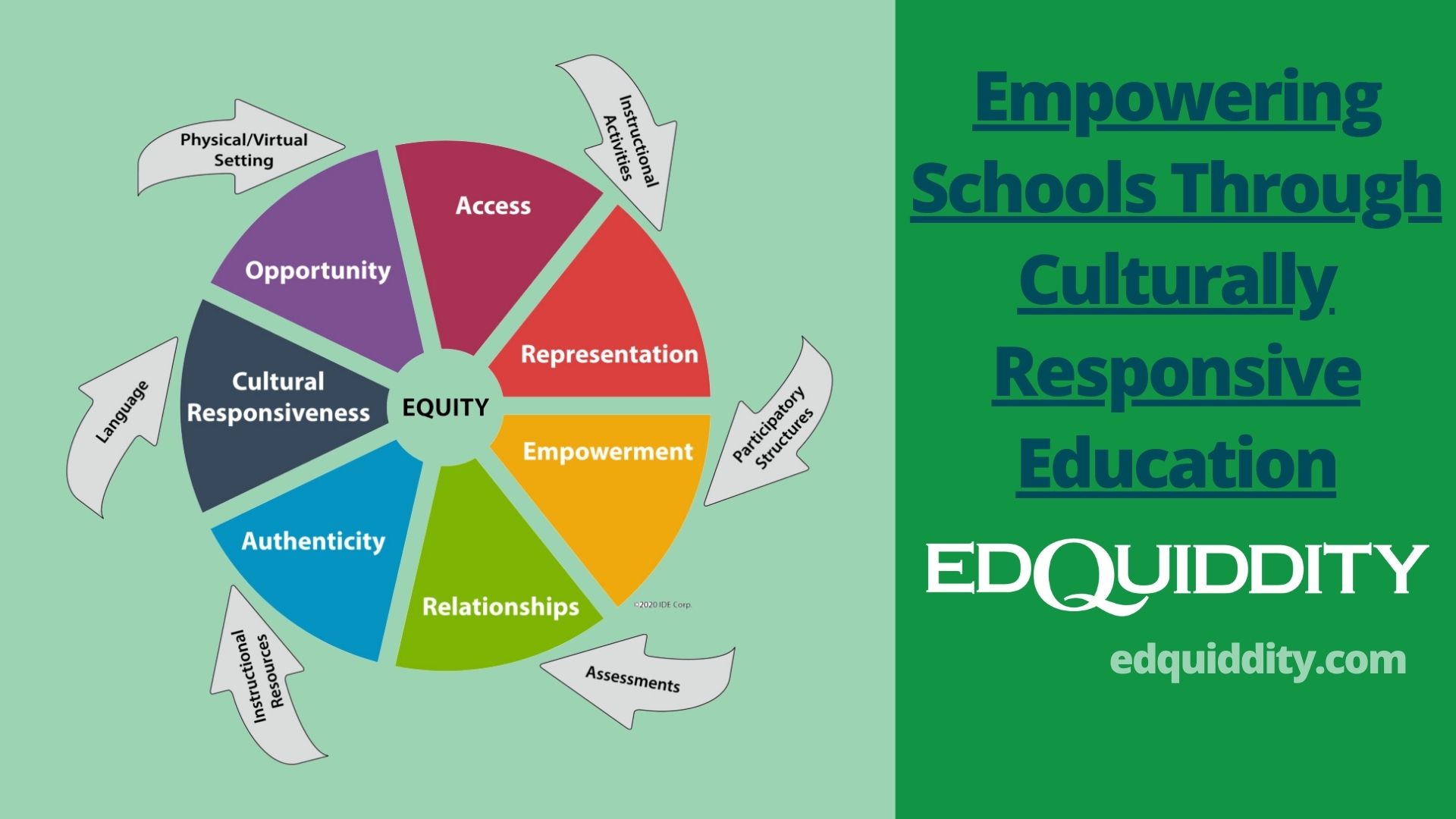Underrepresentation and Lack of Opportunity in Schools
In classrooms across the country, many students from diverse cultural backgrounds face barriers in accessing equitable education. Underrepresentation in curriculum, teaching staff, and leadership, combined with limited opportunities for meaningful engagement, creates a gap between students’ potential and their educational outcomes. This lack of access to culturally responsive instruction can leave students feeling disconnected and disengaged, hindering their academic success and sense of belonging. To bridge this gap, educators need tools, strategies, and training to deliver inclusive education that meets the needs of every student.
Culturally Responsive Education
Culturally responsive education goes hand-in-hand with the principles of cultural pluralism. In an equitable learning environment that celebrates diversity, cultural pluralism — and not cultural assimilation — is encouraged. This approach acknowledges that students’ ethnic and cultural identities should not only coexist within the larger classroom, but should be actively celebrated and appreciated. Cultural pluralism emphasizes that students have the right to maintain their unique heritages while contributing to the wider learning community.
For teachers, this means creating spaces where students can share their cultural values, traditions, and experiences openly. Diversity becomes a powerful tool for building new knowledge as students learn from one another’s unique perspectives. Educators should prioritize opportunities for students to ask questions and engage in meaningful discussions, fostering an environment where differences are embraced, not just tolerated. Teachers need support in learning how to create these inclusive spaces and how to set high expectations for academic achievement while honoring each student’s background and identity.
Preparing Teachers to Reach Every Student with Instructional Equity
To help educators on this journey, we partner with schools and districts to provide professional learning experiences that strengthen their instructional equity through seven lenses:
- Opportunity
- Access
- Representation
- Empowerment
- Relationships
- Authenticity
- Cultural Responsiveness
One of our innovative solutions is our Professional Learning Experience The Equity Lens: Reflecting On Your Learning Environment. This resource equips an entire school staff with a plethora of strategies and tools needed to transform their classrooms into spaces of inclusion and engagement for all students. A sample resource for helping educators foster equitable representation within their learning environments has been provided below.

For individual educators, we offer a Virtual Learning Community (VLC). This course allows teachers to engage in a self-paced manner with access to resources and live facilitator support toward implementing culturally responsive strategies. Whether your goal is to provide district-wide professional development or to support individual growth, we are committed to helping you build equitable and inclusive learning environments. Our solutions are designed by educators, for educators.
Enroll Your Staff in Our Professional Learning Today
Creating culturally responsive classrooms requires intentional effort and the right support. Contact us today to enroll your staff in one of our innovative offerings. Together, we can ensure that every student receives the education they deserve, rooted in equity and inclusion. Let’s take the first step toward transforming your school into a model of culturally responsive education!


 In this course, participants will leverage choice and technology to provide students with the ultimate differentiated learning environment. They will develop differentiated digital activity lists rooted in rigorous instruction that offer multiple ways to learn and apply content. Participants will explore autonomy, purpose, and mastery as motivators in all learning environments. They will design differentiated activity lists to put students in charge of their own learning, creating a structure that allows students to make decisions within a structured framework. Making informed decisions is an essential life skill that teachers can support with intentional classroom practices.
In this course, participants will leverage choice and technology to provide students with the ultimate differentiated learning environment. They will develop differentiated digital activity lists rooted in rigorous instruction that offer multiple ways to learn and apply content. Participants will explore autonomy, purpose, and mastery as motivators in all learning environments. They will design differentiated activity lists to put students in charge of their own learning, creating a structure that allows students to make decisions within a structured framework. Making informed decisions is an essential life skill that teachers can support with intentional classroom practices. Participants in this course will use Reinventing the Classroom Experience by Dr. Nancy Sulla as a resource. The assigned book must be
Participants in this course will use Reinventing the Classroom Experience by Dr. Nancy Sulla as a resource. The assigned book must be